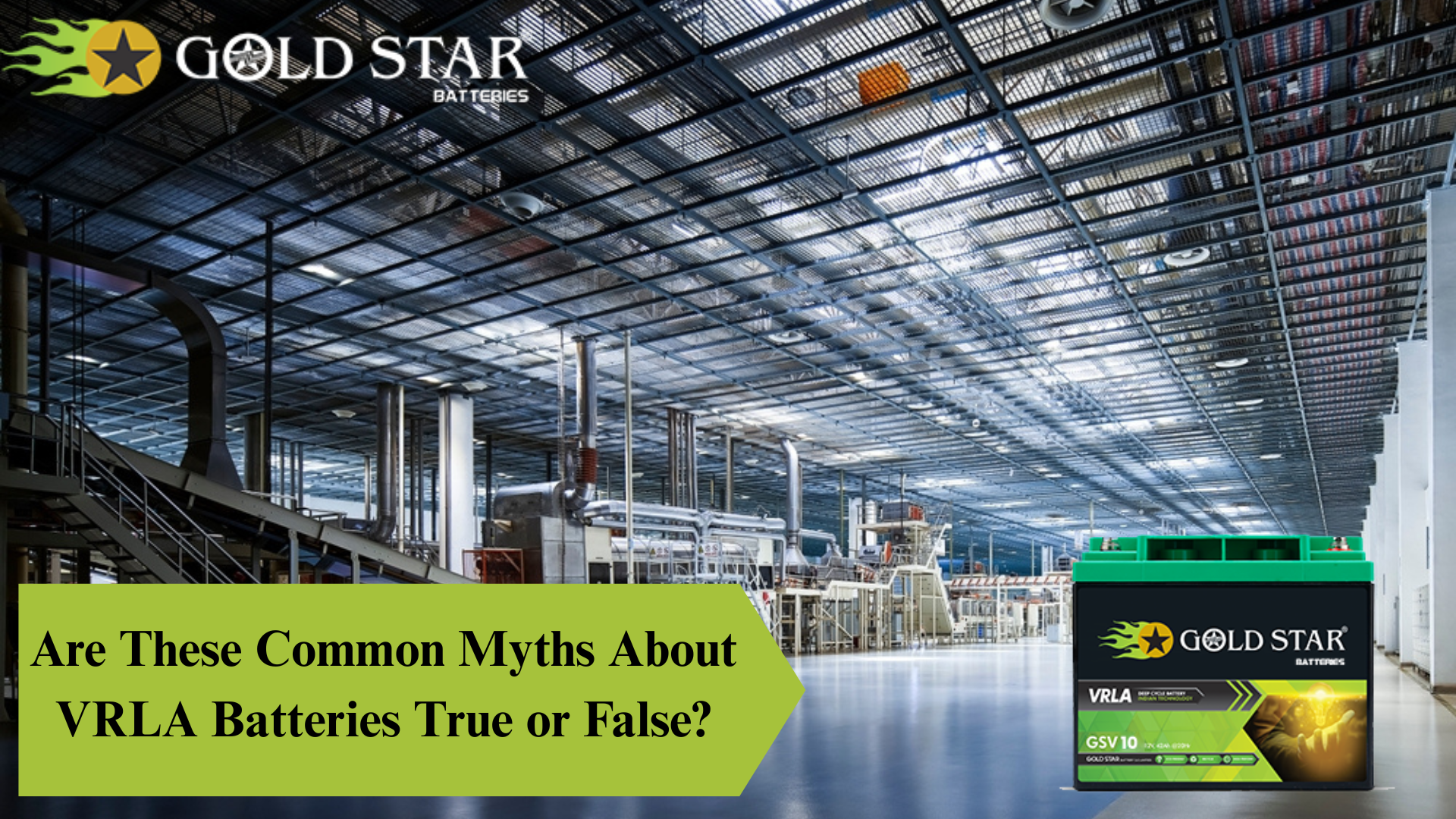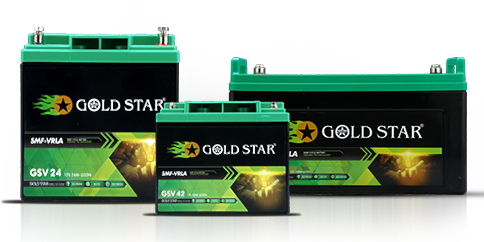VRLA (Valve Regulated Lead Acid) batteries are essential for backup power, renewable energy, and industrial use. However, many misconceptions about their performance and maintenance persist. This blog will debunk common myths and provide clarity on their real capabilities.
Myth 1: VRLA Batteries Are Completely Maintenance-Free
False
While VRLA batteries require less maintenance than flooded lead-acid batteries, they are not entirely maintenance-free. Periodic checks on voltage levels, terminal connections, and temperature conditions can extend their lifespan. Goldstar VRLA battery manufacturers in Uganda provide high-quality sealed batteries, but occasional inspections ensure long-term reliability.
Myth 2: VRLA Batteries Last Forever
False
No battery lasts indefinitely. The typical lifespan of a VRLA battery ranges from three to five years, depending on factors like depth of discharge, charging practices, and operating temperature. Proper usage and maintenance can help maximize battery life.
Myth 3: All VRLA Batteries Are the Same
False
There are two main types of VRLA batteries: Absorbent Glass Mat (AGM) and Gel. AGM batteries are designed for applications requiring high power output and fast charging, while Gel batteries provide superior deep-cycle performance. Choosing the right type depends on the intended use.
Myth 4: Overcharging Does Not Damage VRLA Batteries
False
Overcharging is one of the leading causes of battery failure. Excess heat from overcharging can dry out the electrolyte and damage internal components. Smart charging systems with voltage regulation are necessary to prevent overcharging and prolong battery life.
Myth 5: VRLA Batteries Cannot Function in Extreme Temperatures
Partially True
VRLA batteries perform best under moderate temperatures. Excessive heat speeds up electrolyte evaporation, while extreme cold reduces capacity. However, premium batteries from Goldstar VRLA battery manufacturers in Uganda are designed with advanced technology to handle various environmental conditions effectively.
Myth 6: VRLA Batteries Can Be Stored for Years Without Use
False
Although VRLA batteries have a lower self-discharge rate, prolonged storage without periodic charging can lead to sulfation, which reduces capacity. It is recommended to recharge stored batteries every few months to maintain their health.
Myth 7: VRLA Batteries Are Not Suitable for Solar Applications
False
VRLA batteries are widely used in solar energy storage systems. Their sealed design makes them ideal for off-grid applications by preventing leaks and reducing maintenance. Goldstar VRLA battery manufacturers in Uganda offer specialized VRLA batteries for solar and backup power solutions.
Conclusion
Understanding the truth about VRLA batteries helps in making informed decisions. Whether for industrial, solar, or backup power applications, choosing high-quality batteries and maintaining them properly ensures efficiency and longevity.



